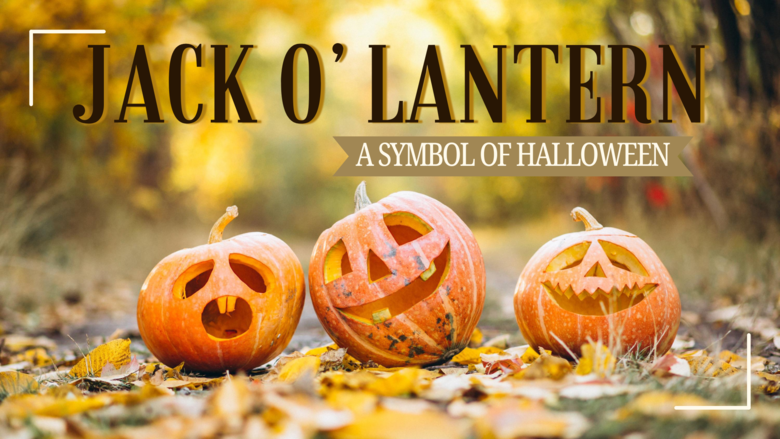The Spooky Origins of the Jack O’ Lantern

By Briha Olson
Wilson Middle School
Jack O’ Lanterns, a beloved Halloween symbol, trace their origins to a chilling Irish folktale about a figure named “Stingy Jack.”
This tale, filled with trickery and dark deals, ultimately gave rise to the tradition of carving and lighting pumpkins as Halloween decor.
In the story, Jack was a notorious trickster known for his deceitful ways. The Devil, intrigued by the rumors of Jack’s wickedness, visited him to see if he truly deserved his sinister and vile reputation. One dark night, while Jack was walking home alone, he met the Devil himself. Realizing his fate might be sealed, Jack made a final request: he asked the Devil to join him for a drink. Amused and not seeing any harm in the gesture, the Devil agreed.
After a round of drinks at a nearby pub, Jack slyly asked the Devil to pay the tab. The Devil, having no money, agreed to Jack’s suggestion to transform into a silver coin to cover the cost. But Jack, ever the trickster, placed the coin in his pocket next to a crucifix, trapping the Devil. To earn his freedom, the Devil promised not to claim Jack’s soul for 10 years.
A decade later, the Devil returned for Jack, but Jack once again tricked him. He asked for an apple as a final meal, and while the Devil climbed into an apple tree to fetch it, Jack surrounded the tree with crucifixes, trapping the Devil again. Frustrated but bound by his word, the Devil agreed never to take Jack’s soul to the Underworld.
When Jack eventually died, his life of sin kept him from Heaven. True to his promise, the Devil also refused him entry into the Underworld. Instead, the Devil gave Jack a single ember to light his way as he wandered in darkness, which Jack placed inside a hollowed-out turnip. Thus, the ghostly image of Jack wandering with his makeshift lantern gave rise to the “Jack O’ Lantern.”
The tradition of carving turnips or potatoes with eerie faces began in Ireland and Scotland, where people used these lanterns to ward off Jack’s spirit and other evil entities. In the 19th century, Irish immigrants brought the custom to North America, where pumpkins became the preferred medium. Around Halloween, families began carving pumpkins to ward off evil and welcome friendly spirits.
Today, Jack O’ Lanterns have become a festive symbol for Halloween. People carve pumpkins not only for decoration but also, in some cases, as a tribute to the age-old belief in warding off evil.
So, next time you light a Jack O’ Lantern, remember the spooky tale of Stingy Jack and the eerie journey that brought his legend from Irish folklore to Halloween celebrations around the world.











